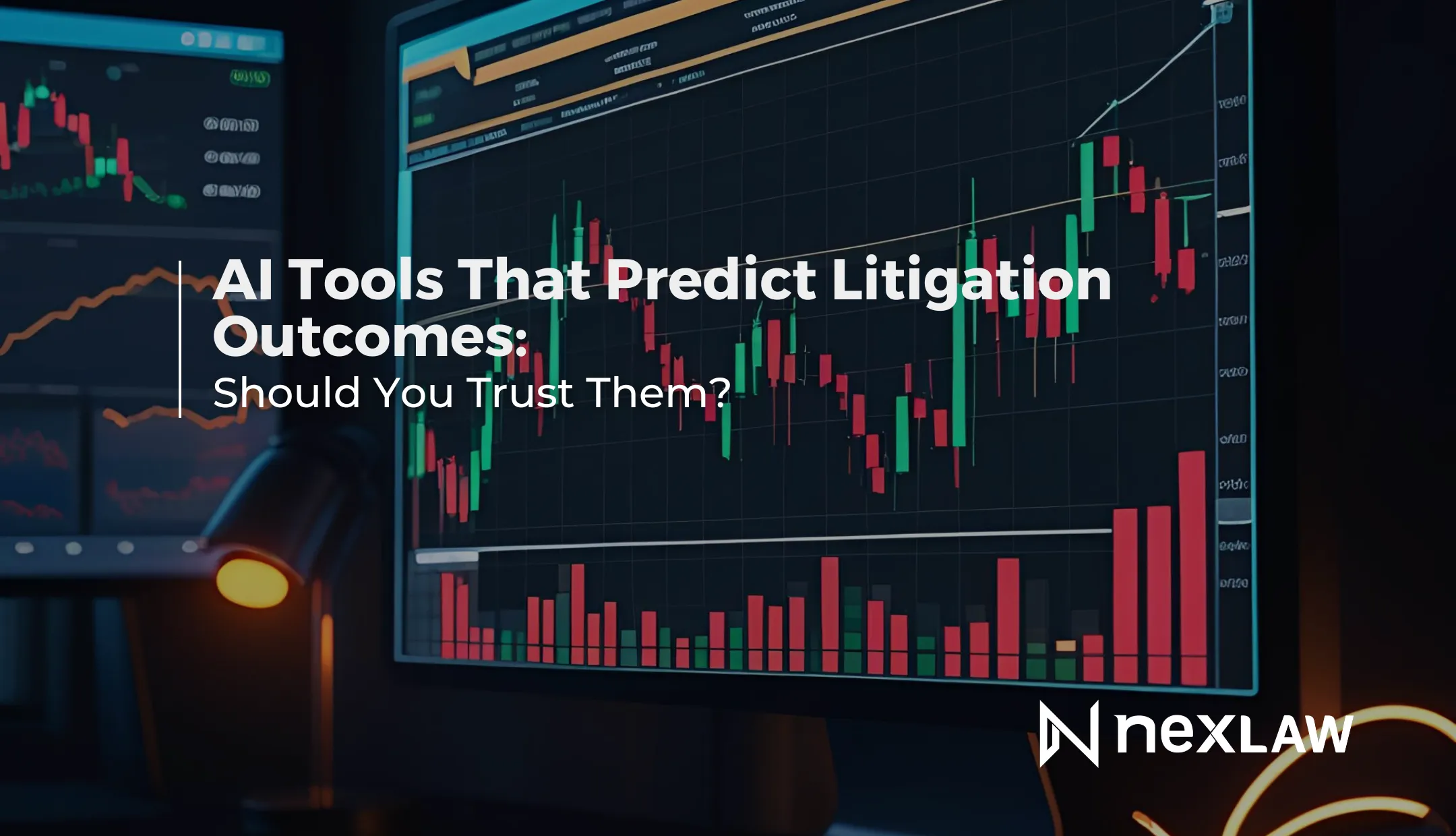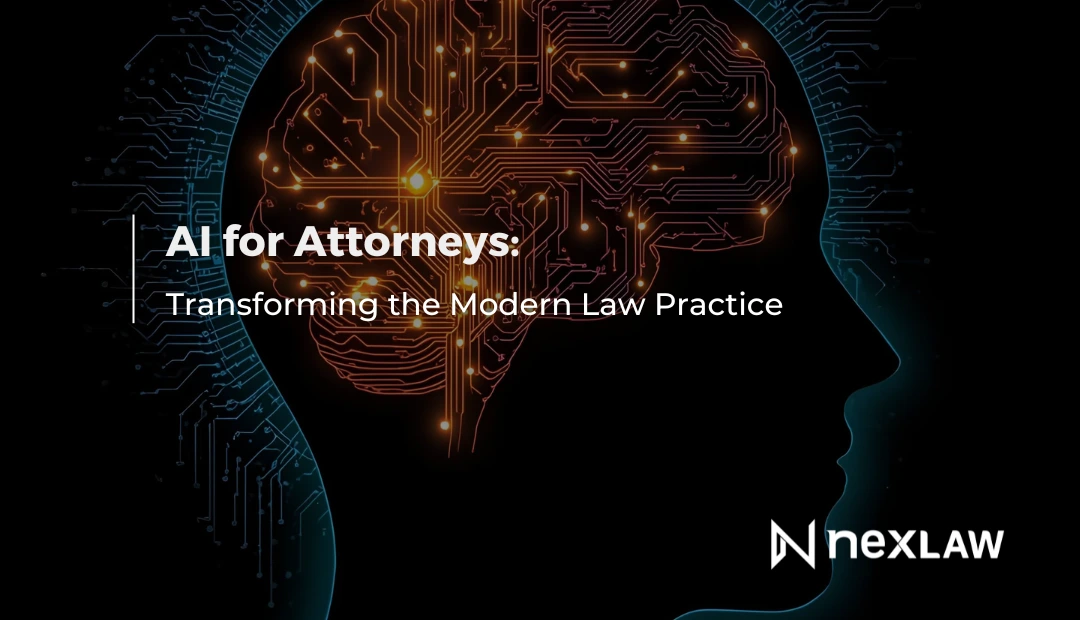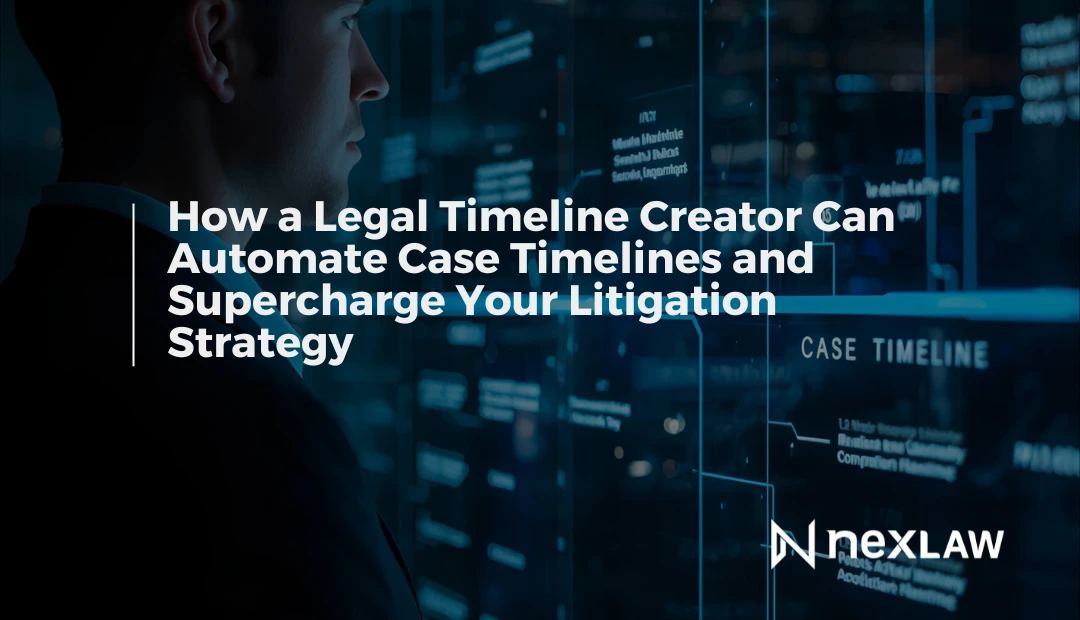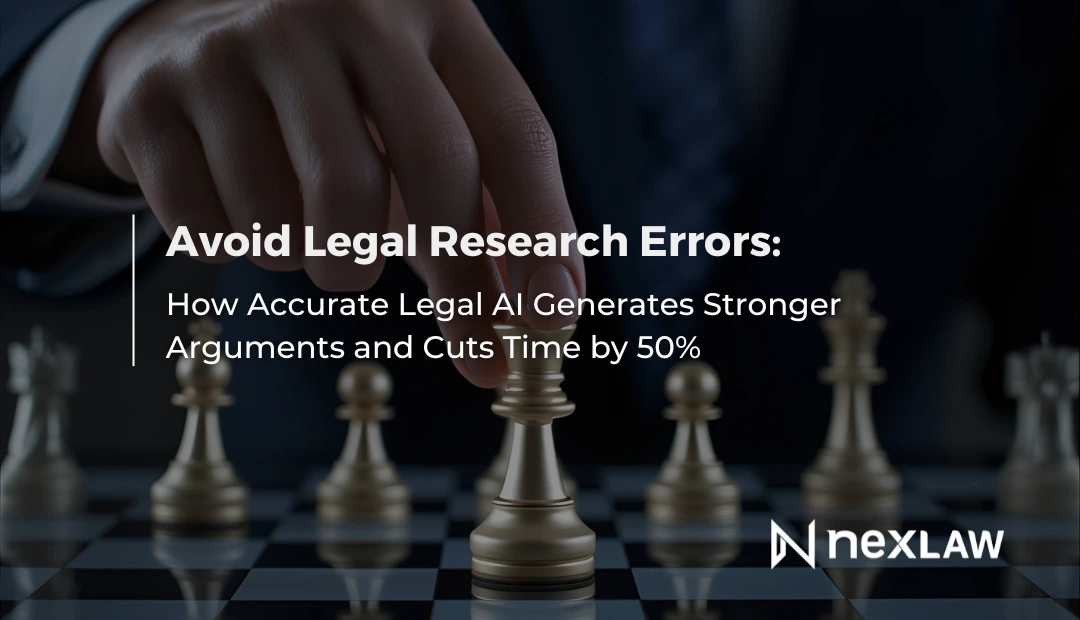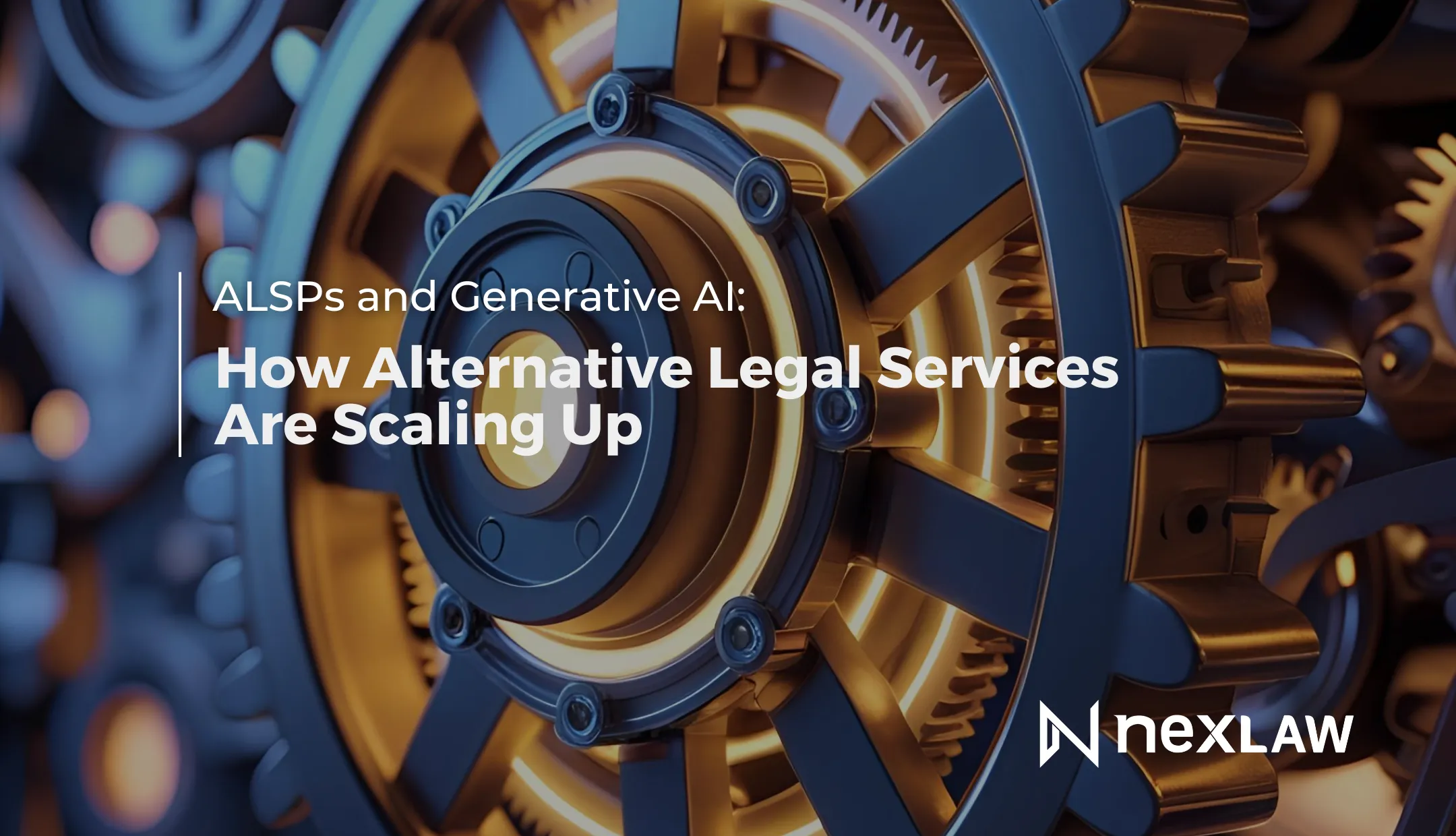AI Tools That Predict Litigation Outcomes: Should You Trust Them?
The promise of AI predicting litigation outcomes captured the legal profession’s attention in 2025, but Stanford HAI research revealed a sobering reality: even the best-performing legal AI tools “made up information in about one out of six instances.” As 53% of firms now use AI for legal research and Fortune reports lawyers incorporating AI “copilots” into workflows, the critical question isn’t whether these tools work—it’s whether attorneys can trust them enough to stake their reputations and clients’ interests on algorithmic predictions.
Unlock Legal Insights Instantly!
With legal-tech funding reaching $4.98 billion in 2024, prediction accuracy has become the make-or-break factor separating valuable AI tools from expensive distractions.
The Current State of Litigation Prediction Technology
Beyond Simple Pattern Matching
Modern AI litigation prediction tools analyze vast datasets including court records, judicial decisions, attorney track records, and case-specific variables. Unlike early systems that relied on basic pattern matching, today’s platforms incorporate machine learning algorithms that identify complex relationships between case factors and outcomes.
Advanced prediction capabilities:
- Judicial behavior modeling: Analysis of individual judge ruling patterns and sentencing tendencies
- Case similarity assessment: Comparison with thousands of comparable cases across jurisdictions
- Timeline forecasting: Prediction of case duration and key milestone dates
- Settlement probability analysis: Real-time assessment of settlement likelihood and optimal timing
Accuracy Limitations and Reality Checks
Harvard Law School research from February 2025 demonstrated AI’s ability to reduce associate time from 16 hours to 3-4 minutes on high-volume litigation matters, but prediction accuracy remains variable. Multiple factors affect reliability, creating both opportunities and risks for practicing attorneys.
Accuracy influencing factors:
- Data quality and completeness: Historical case databases vary significantly in depth and accuracy
- Jurisdictional differences: Local court practices and judicial personalities create prediction challenges
- Case uniqueness: Novel legal issues or unusual factual circumstances reduce prediction reliability
- Temporal changes: Recent legal developments may not be reflected in historical training data
Professional Responsibility and Ethical Considerations
The Illinois Supreme Court Standard
The Illinois Supreme Court’s January 1, 2025 AI policy established binding guidance requiring attorneys to maintain competent understanding of AI tools and provide reasonable supervision of AI-generated recommendations. This standard directly applies to litigation prediction tools.
Professional responsibility requirements:
- Competency obligation: Attorneys must understand AI prediction limitations and accuracy ranges
- Supervision duty: Human oversight required for all AI-generated strategic recommendations
- Client disclosure: Transparent communication when AI predictions influence case strategy
- Due diligence: Independent verification of AI predictions before client reliance
Managing Client Expectations
With 67% of corporate counsel expecting their law firms to use cutting-edge technology, attorneys face pressure to leverage AI predictions while managing unrealistic client expectations about algorithmic certainty.
Best practices for client communication:
- Present AI predictions as probability ranges rather than certainties
- Explain data limitations and potential accuracy variations
- Maintain emphasis on human judgment in strategic decision-making
- Document AI usage and limitations in client communications
Practical Applications and Strategic Value
Settlement Negotiation Enhancement
AI prediction tools provide significant value in settlement negotiations by analyzing comparable cases and predicting trial outcome probabilities. This data-driven approach strengthens attorney positions while providing objective frameworks for client discussions.
Settlement optimization benefits:
- Leverage assessment: Understanding relative negotiation strength based on predicted outcomes
- Timing optimization: Identifying optimal settlement windows based on case development patterns
- Range determination: Data-driven settlement ranges based on comparable case outcomes
- Risk evaluation: Quantified risk assessment for trial vs. settlement decisions
Resource Allocation and Case Management
Litigation prediction tools enable more efficient resource allocation by identifying cases likely to require extensive discovery, lengthy trials, or complex motions practice. This strategic planning capability particularly benefits firms managing multiple matters simultaneously.
Resource planning applications:
- Staffing decisions based on predicted case complexity and duration
- Budget forecasting for discovery and trial preparation costs
- Calendar management for optimal attorney time allocation
- Client billing predictions based on anticipated case development
Technology Integration and Workflow Optimization
Practice Management System Integration
Effective prediction tools must integrate seamlessly with existing practice management systems to provide actionable insights within normal workflows. Standalone prediction platforms create inefficiencies that reduce adoption and strategic value.
Integration requirements:
- Case management connectivity: Real-time prediction updates based on case developments
- Calendar integration: Timeline predictions linked to scheduling systems
- Document management analysis: Evidence evaluation feeding into prediction algorithms
- Client communication tools: Automated prediction summaries for client reporting
Quality Control and Verification Protocols
Given the Stanford HAI finding of accuracy limitations, successful implementation requires robust quality control protocols that verify AI predictions against independent sources and human expertise.
Verification strategies:
- Cross-reference predictions with multiple AI platforms for consistency analysis
- Independent legal research to validate key prediction assumptions
- Peer review of AI-influenced strategic decisions
- Regular accuracy assessments comparing predictions with actual outcomes
Industry Implementation Success Stories
Measured Integration Approaches
Troutman Pepper Locke’s success with their AI system processing 3,000 daily prompts demonstrates effective AI integration focused on practical applications rather than overreliance on predictive capabilities. Their $200,000 merger savings illustrates how strategic AI usage delivers measurable value.
Successful implementation characteristics:
- Phased deployment: Starting with low-risk applications before strategic prediction usage
- Human oversight emphasis: Maintaining attorney decision-making authority over AI recommendations
- Client transparency: Clear communication about AI usage and limitations
- Continuous improvement: Regular assessment and refinement of prediction tool usage
Competitive Advantages Through Strategic Usage
Legal sector analyst Jordan Furlong’s prediction of widespread AI adoption “maybe within the next couple of years” suggests that effective prediction tool usage will become a competitive necessity rather than an optional enhancement.
Strategic benefits:
- Enhanced client confidence through data-driven case analysis
- Improved settlement outcomes through objective negotiation frameworks
- More efficient resource allocation reducing client costs
- Market differentiation through sophisticated analytical capabilities
The Trust Question: Building Confidence in AI Predictions
Transparency and Explainable AI
Trustworthy prediction tools must provide clear explanations of how predictions are generated, what data sources inform conclusions, and where limitations exist. Black-box algorithms that provide predictions without explanation fail professional responsibility standards.
Transparency requirements:
- Data source identification: Clear documentation of prediction input sources
- Methodology explanation: Understanding of algorithmic approaches and weighting factors
- Confidence intervals: Probability ranges rather than point predictions
- Limitation acknowledgment: Clear statements of prediction accuracy boundaries
Building Internal Confidence Through Testing
Successful firms develop internal confidence through systematic testing of prediction tools against known outcomes, gradually expanding usage as accuracy patterns emerge.
Confidence-building strategies:
- Historical case analysis comparing predictions with actual outcomes
- Pilot programs on concluded matters to assess accuracy rates
- Peer review processes for prediction-influenced decisions
- Regular calibration of prediction tool performance
Transform Your Practice with Trusted Prediction Technology
The real question isn’t whether AI predictions are accurate—it’s how to use them strategically and ethically. Responsible implementation requires both powerful tools and sound professional judgment.
NexLawAI empowers trial attorneys with trusted litigation prediction technology, featuring:
- NeXa AI assistant with 10 specialized tools for outcome analysis
- TrialPrep for integrating predictions into strategic preparation
- ChronoVault for pattern recognition based on historical case data
Use predictive insights to strengthen negotiations, plan smarter, and communicate with clients more confidently—without compromising professional responsibility.
Book a Demo – Discover how NexLaw supports ethical, data-driven litigation strategy
Explore Plans – Includes a free 3-day trial to test NexLaw’s prediction platform
GET 15% OFF for annual plans using promo code: ANNIV15MONTHLY or ANNIV15ANNUALY
*t&c applied | visit our website for more details
